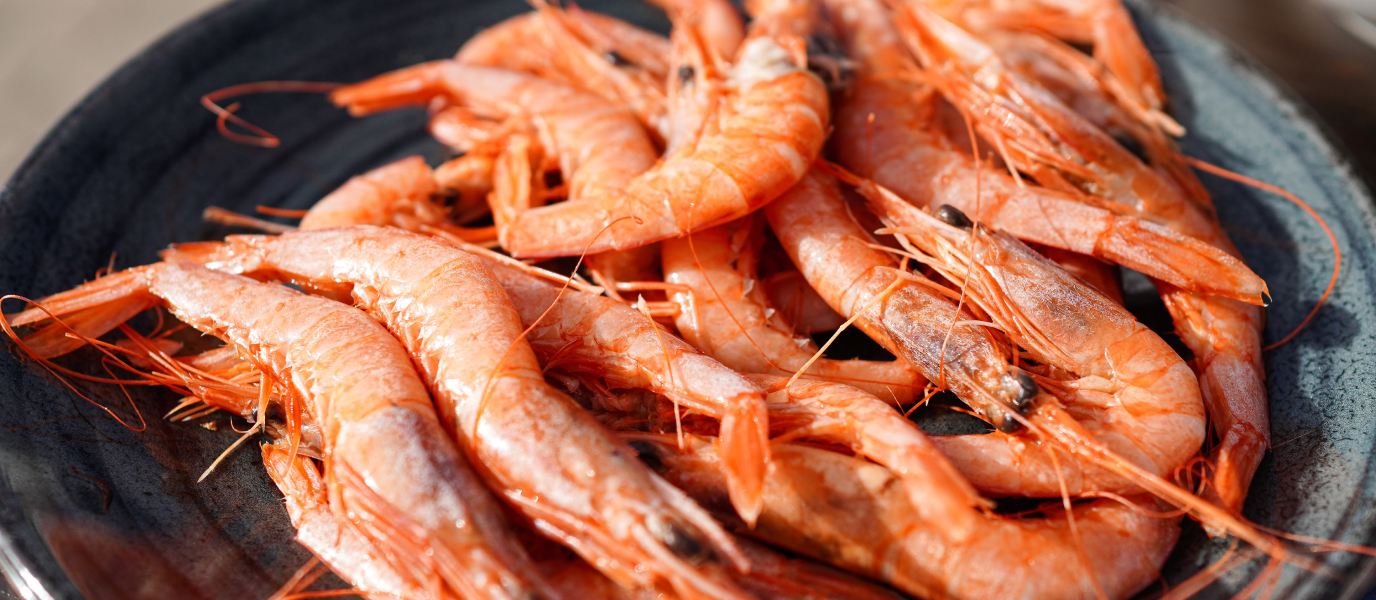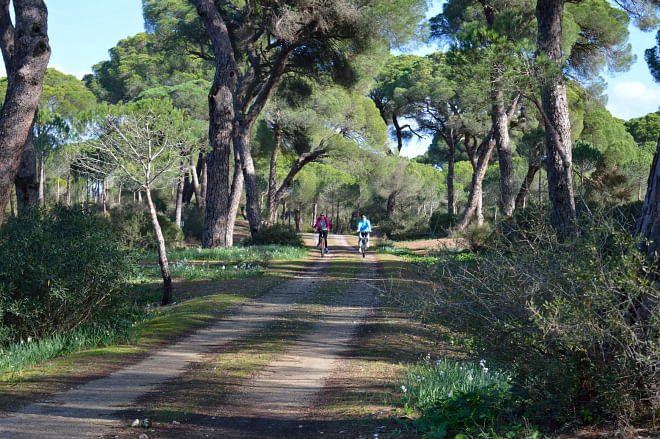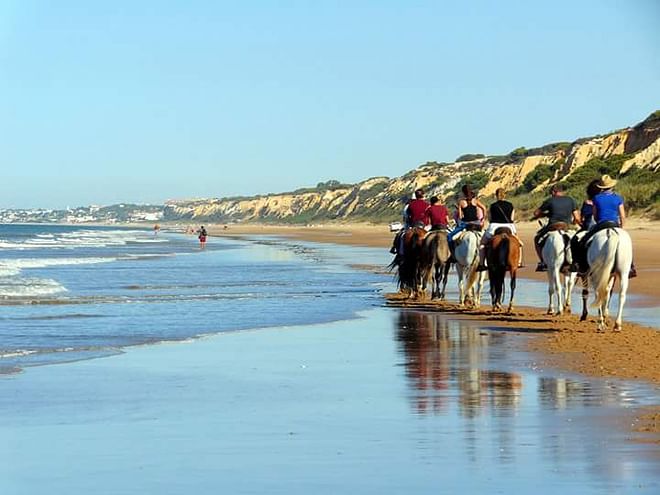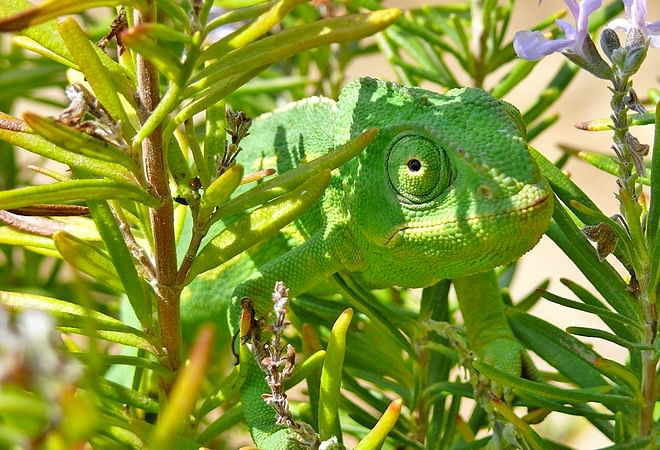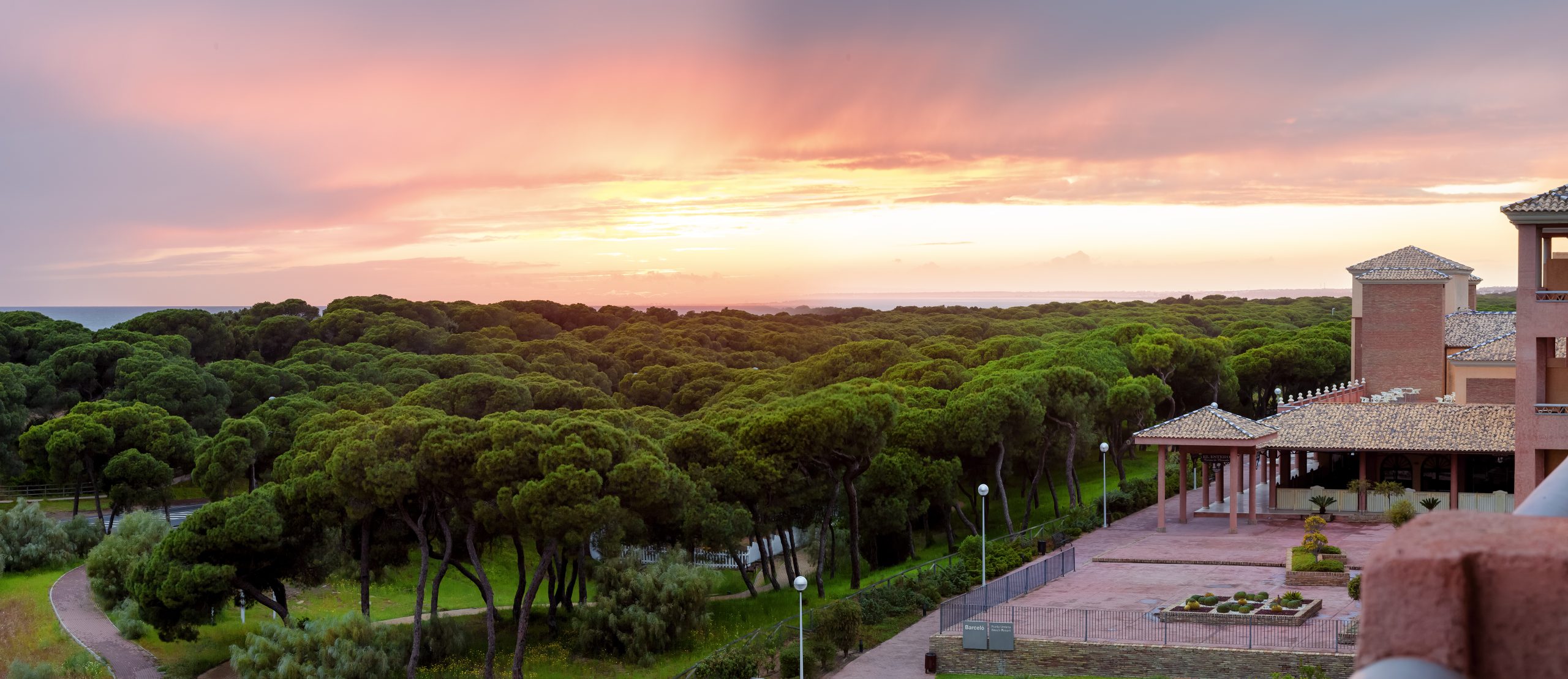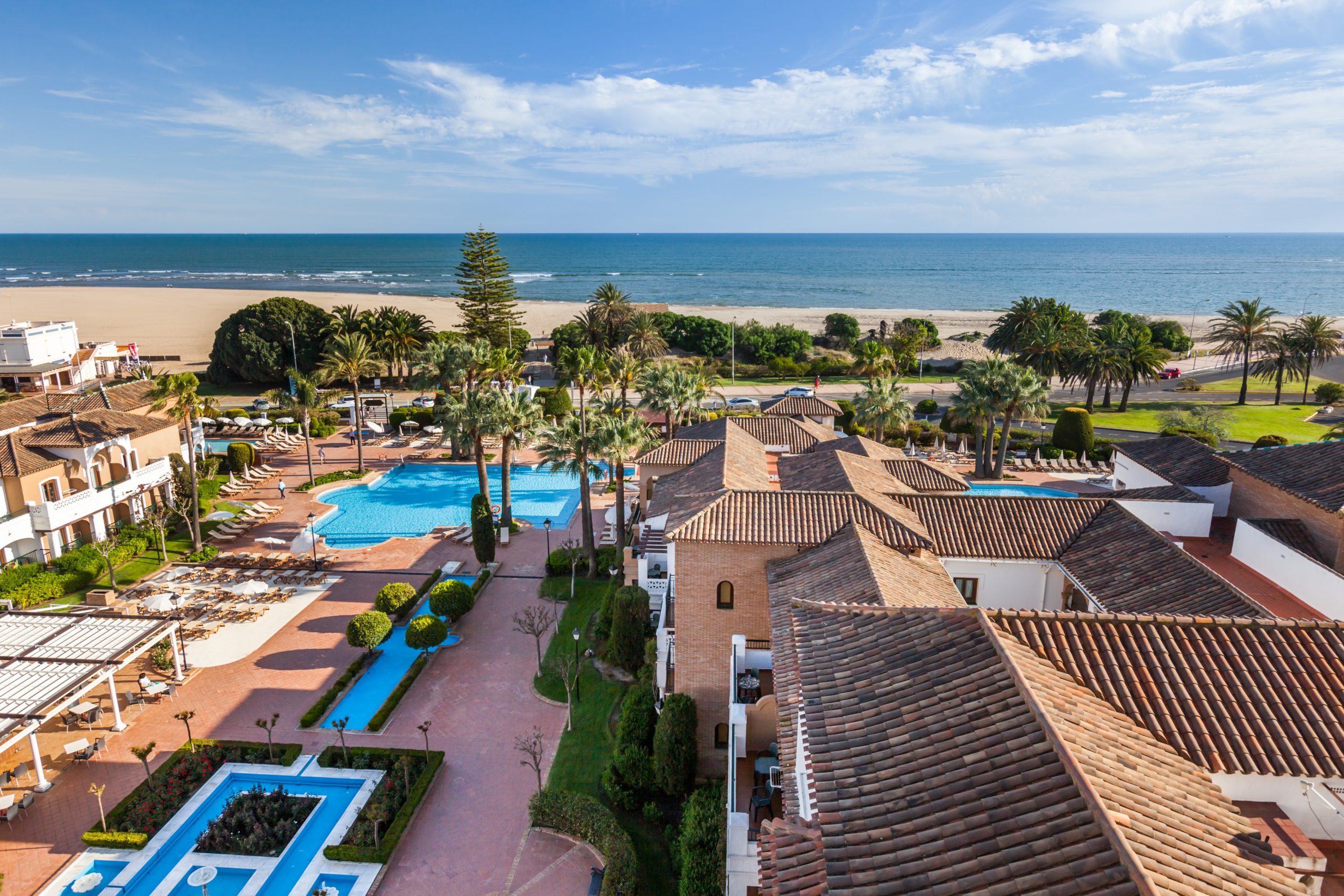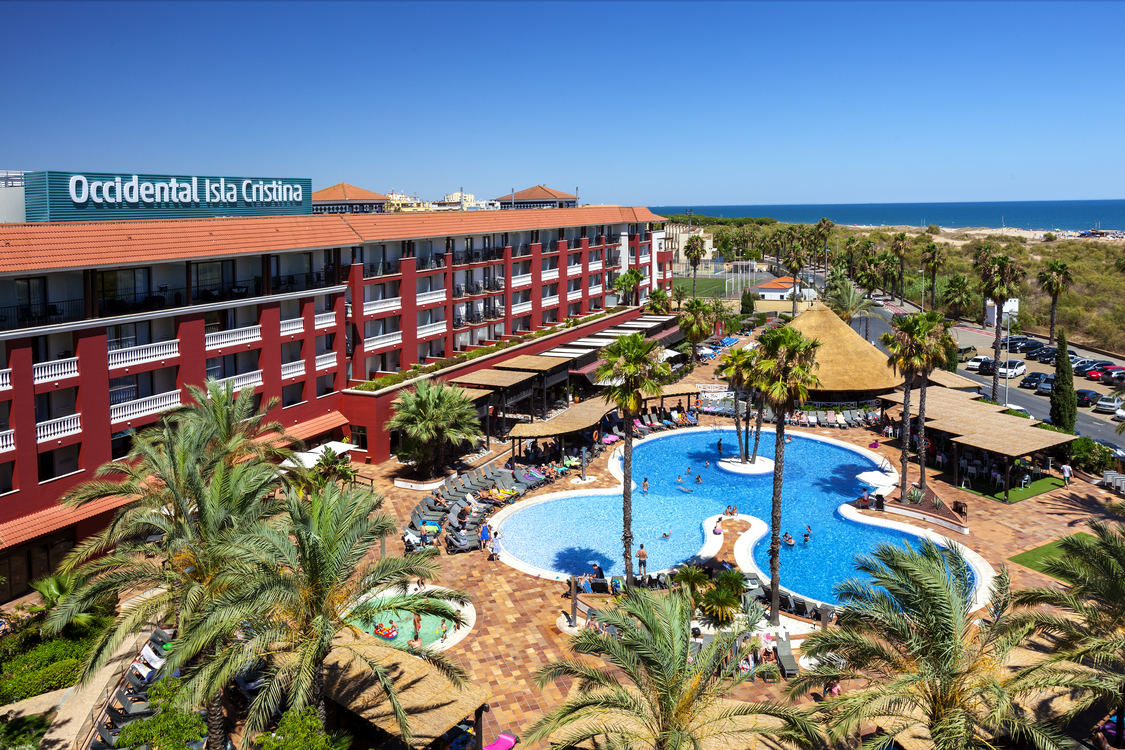There are many good examples of the cuisine of Huelva. It is undoubtedly one of the most interesting provinces on the national culinary scene, as demonstrated by the fact that it won the title of Spanish Capital of Gastronomyin 2017.
Its culinary brilliance is based on both its excellent seafood, including the famous white shrimp, and the Iberian pig, raised in the local mountains and dehesa fields.
Choco (or sepia), a local variety of cuttlefish, is a highly characteristic feature of the area’s culinary tradition. So much so that locals are commonly referred to as ‘choqueros’.
These and many other ingredients are used in the cuisine of Huelva. Beloware some examples of the most typical local dishes you really must try.
Pestiños
In a break with convention, the first of the typical foods from Huelva on our list is actually a sweet.Locally made pestiñosare truly delicious and highly common in the area.
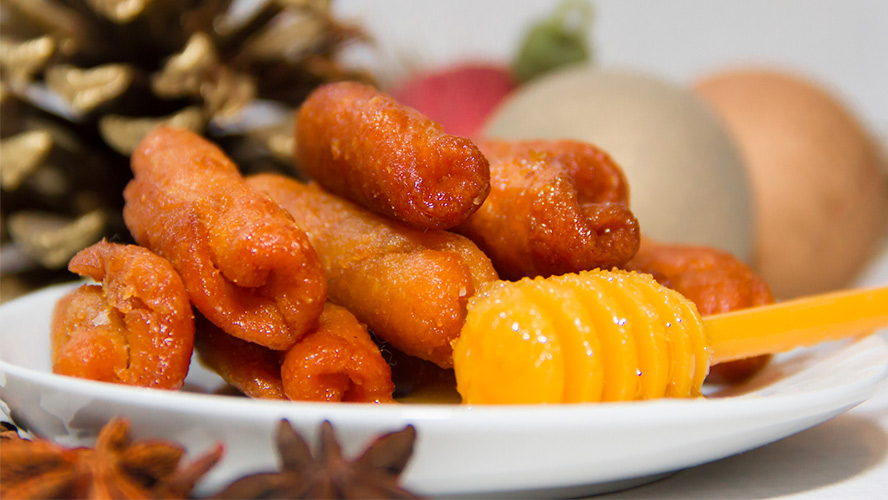
Of Muslim origin, pestiños have been one of the most characteristic convent sweetsin the area since the 16th century, when they were first introduced into local monastic centres by Moorish cooks serving women who took the veil. From there, they spread to the rest of the population.
Pestiños are a traditional sweet of Huelva made with simple ingredients and following a rather simpleprocedure. Their main distinguishing features are honey and sesame seeds.
Potatoes with choco
Potatoes with choco is one of the most well-known dishes from Huelva, and it is both cooked at home and served in bars and restaurants.
It is a seafood stew that is simple but also very tasty, owing to the paprika and/or saffron included in the recipe. Potatoes with choco is a common dish also in neighbouring Cadiz and Seville.
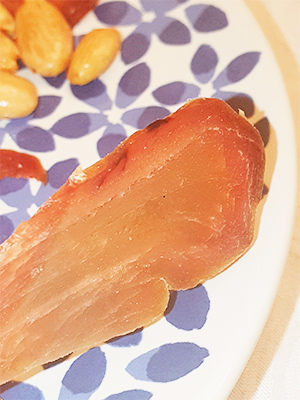
Mojama
Tuna is the king of fish on the Andalusian coast. It is a seasonal fish, meaning that it appears on the Andalusian coast only at specific times of the year depending on its migratory patterns.This meant that in a time before fridges and freezers were invented, tuna had to be preserved with salt to enable its consumption throughout the year. And that is precisely what mojama is, salt-dried tuna.
It is certainly one of the foods of Huelva most valued by gastronomes. The best way to eat mojama is by cutting it into thin slices (like ham) and drizzling a little extra virgin olive oil over the top.
White prawns are doubtless one of the most appreciated features of the cuisine of Huelva. The ideal habitat of these crustaceans is just off the coast of Huelva and their market price is considerably higher than that of other prawns.
You will understand why when you try this genuine delicacy.The sweet taste and unmistakeable texture of these prawns makes them incredibly moreish.
The best way to cook white prawns is by boiling them for a very short time in salted water.
Ham and other Iberian pork products from Huelva
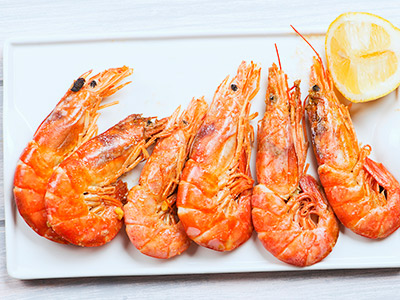
Iberian ham has very particular characteristics compared with ham produced in other parts of the world.
The main difference is the high quality of the meat of Iberian pigs. Other differences include the way Iberian pigs are raised (in semi-freedom), their feed (based on natural products, such as acorns), and the fact that the meat is air-cured in the mountains of Huelva.
Along with the ham, all the other cuts of Iberian pork are an important feature in the cuisine of Huelva.
Skate in paprika
Together with the potatoes with choco, skate in paprika is one of the most common seafood stews in the cuisine of Huelva, and generallyalong the entire Atlantic coast of Andalusia.
Naturally, the central element of this dish is skate, a fish that is not easy to find in traditional markets. Skate has a very characteristic taste and texture that is not to everyone’s liking.
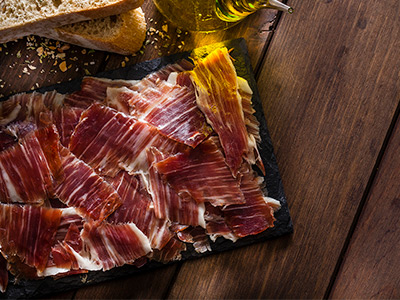
Yet seasoned with paprika, this stew is a true delicacy that will satisfy the most demanding palates.
Huelva wedge clams
Cooked in Huelva style, wedge clams (clam-like molluscs, but with a thinner and more oval-shaped shells) are a genuine delicacy. They are served with a simple sauce that consists only of extra virgin olive oil, garlic, white wine and parsley.
A characteristic element of the cuisine of Huelva, wedge clams are also the most common tapas (Link: Tapas in Huelva)in most of the bars and beach restaurants that populate the coastal area.
Chestnut stew
Chestnut stew is a common dessert in the northern part of Huelva, although people cook it at home all over the province. It is made with dried chestnuts that are cooked in a mixture of water, syrup, cinnamon, and lemon and orange zest on a low heat for a few hours. Some add rice to the mix making the texture of this delicious traditional dessert of Huelva somewhat thicker.
Huelva strawberries
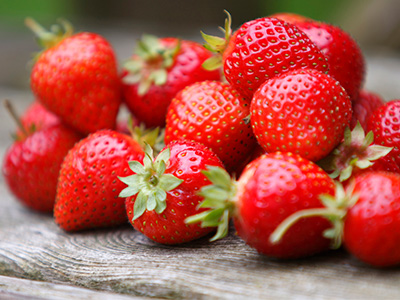
Most Huelva strawberries come from the Lepe region, where they are picked not only in spring time, but throughout the year.
It is estimated that 95% of strawberries consumed in Spain are grown in the Lepe region. Naturally, Huelva is also a top producer of this delicious fruit in the whole of Europe.
The slightly larger and exceptionally juicy fresón de Palos strawberries are also very well known.
They can be eaten as they are, or in syrup, lemon, cream, wine, sugar, honey…
Other typical dishes from Huelva
There are many other traditional dishes in Huelva in addition to those already mentioned. These include:
- Ajogañán: This dish is more like tapas and includes grilled sardine over a simple bed of roasted potatoes and peppers. This is a traditional recipe from the Sierra de Aracena mountain range.
- Habasenzapatás: Beans cooked in salted water with coriander, garlic, spearmint and peppermint. The two types of mint give this dish a fresh and fragrant taste. It is normally served cold and together with other dishes.




































































